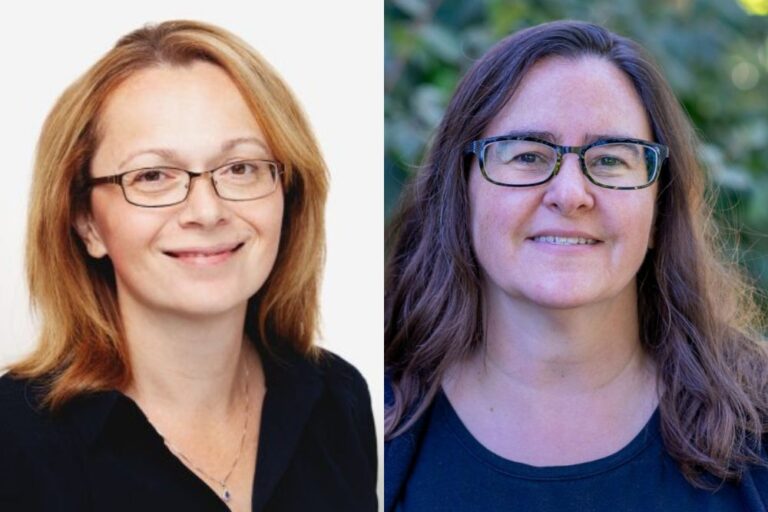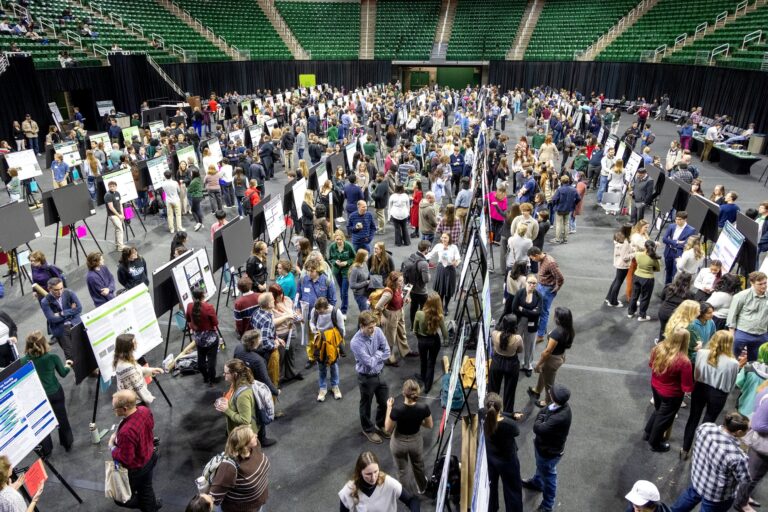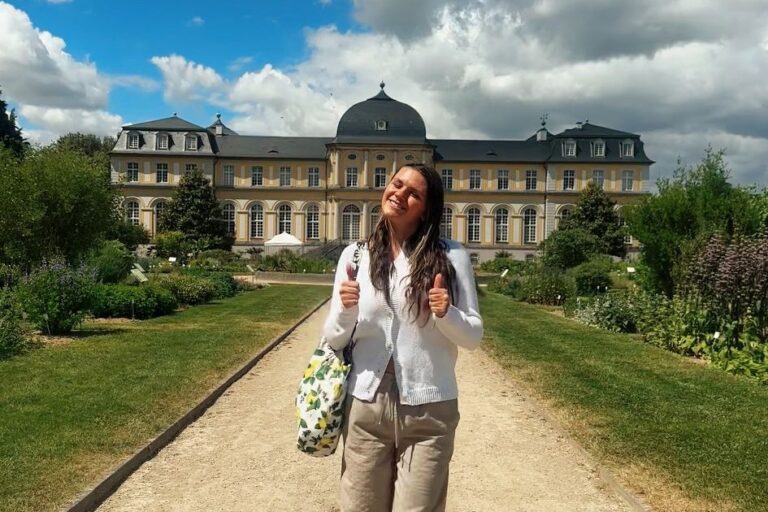Most people can recognize what words are real and which ones aren’t in the languages they know. However, sometimes a nonsense word might sneak through, especially when the word sounds and looks a lot like a legitimate one.
Karthik Durvasula, Associate Professor in the Department of Linguistics, Languages, and Cultures at Michigan State University, is delving further into “wordlikeness judgments” through a new research project supported by a $480,000 grant from the National Science Foundation. Starting this fall, Durvasula has been scaling up experiments to collect data and apply computational models to deepen the understanding of human perception and knowledge in relationship to language.

“Modern generative linguists want to know about the knowledge that people have when they know a language,” Durvasula said. “We want to understand that knowledge, how it is represented in our minds, and how we deploy that knowledge when we use it to speak and understand others.”
Cutting Through the Nonsense
Durvasula uses a simple example to explain the concept of wordlikeness judgment. For instance, while “blick” and “bnick” are both nonsense words, most people will say that “blick” sounds more like an English word than the latter. The ability to classify nonsense words as more or less like the words in one’s own language, Durvasula said, indicates that the individual possesses some knowledge about the abstract patterns of words in their language.
“When someone says that one nonsense word is better than the other, even when they’ve heard neither before, it provides a clean window into the knowledge people have about words,” he said. “As researchers, we want to find out how to go from this simple premise to seeing more generally the kinds of patterns that speakers know about words in their language.”
According to Durvasula, a general observation going back at least 50 years is that such judgments are gradient. That is, the intuitions people have about such words are not simply “yes, it is possible” versus “no, it isn’t,” but more that there is a cline of acceptabilites between perfectly acceptable and perfectly unacceptable.
“When someone says that one nonsense word is better than the other, even when they’ve heard neither before, it provides a clean window into the knowledge people have about words.”
“Based on that observation, researchers have argued that the underlying knowledge that people use for such judgments is also gradient in a similar fashion,” Durvasula said. “This does not actually follow, and it is possible to envision an underlying knowledge that is completely categorical that still accounts for the performance people have. This is what the grant is primarily interested in.”
Durvasula’s general goal is to uncover language patterns that people know or don’t know. He wants to assess established and new theories of what patterns people can keep track of, and conversely, which patterns they can’t. His hope is to build on the body of research into wordlikeness judgment by attempting to extend the data collected in previous studies. Among his end goals is to provide a basis for future research and experimentation using computational modeling.
“This study also looks to discover if some experimental paradigms are better at getting at the knowledge that people have, rather than established methods,” he said. “The most important goal is to see which theories and computational models do the best when compared against human performance.”
Testing Prediction and Perception
Durvasula currently is in the design phase of the study, which involves recording audio stimuli and piloting experiments to test those stimuli. In the spring and summer of 2023, he’ll collect data from two participant groups: native speakers of Korean and native speakers of English.
The roughly 120 participants will be asked to judge nonsense words in English through six separate experiments. After that, he will build computational models based on real English words that consist of patterns researchers believe individuals track, learn, and perceive. After data is collected from native speakers in East Lansing and Seoul, South Korea, Durvasula will test the predictions of the computational models on nonsense words and compare those predictions to how individuals actually accessed those same nonsense words.
“Receiving this grant, as well as the support of MSU, is a recognition of the importance and cutting-edge nature of our work.”
“We selected Korean and English since the languages have different and interesting word patterns,” Durvasula said. “We also have a large pool of native speakers who are reasonably easy to access.”
Aside from developing and testing computational modeling in linguistic research, Durvasula’s project emphasizes the value of mentorship, community outreach, and collaborations with other institutions of higher education. His collaborators include Dr. Jimin Kahng from the University of Mississippi and an alumna of the second language studies program at MSU, and Dr. Kyle Gorman from the City University of New York (CUNY). His team at MSU consists of graduate students in the Department of Linguistics, Languages, and Cultures. Project investigators also will engage in public outreach activities at MSU, Kingsborough Community College, and the University of Mississippi to pique interest in language, linguistic, and cultural research.
“Our department is focused on educating students on languages and linguistics and on encouraging faculty to do innovative research,” Durvasula said. “This grant achieves both those goals. Receiving this grant, as well as the support of MSU, is a recognition of the importance and cutting-edge nature of our work.”


